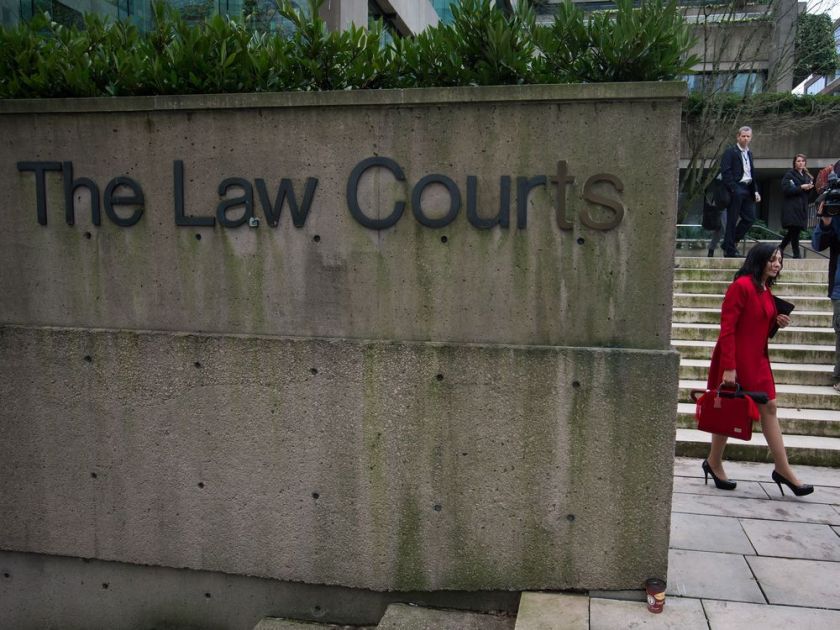
The Court of Appeal in
Regina v.
Esseghaier, 2021 ONCA 162 had occasion to consider the scope of the Crown’s duty to inquire about disclosure held by a third party policing agency, the Federal Bureau of Investigation (the “FBI”)). The Ontario Court of Appeal addressed some preliminary issues regarding a disclosure application brought by the defendants who were convicted of terrorism offences following a jury trial and sentenced to life imprisonment.
The appealed raised a number of grounds. It was allowed. A new trial was ordered on the ground that the trial judge made an error in the jury selection process (
2019 ONCA 672). The Supreme Court of Canada allowed the Crown’s appeal, restored the convictions, and remitted the remaining grounds of appeal to the Court of Appeal for determination (
2021 SCC 9). However, in November 2020, the appellants filed a notice of application under
s.683(1)(a) of the Criminal Code,requesting an order directing the Crown to obtain and disclose certain information from the FBI . The disclosure application related to a purported communication between the trial judge and the handler for an FBI agent who was a witness at the defendants’ trial. The narrow issue at appeal was whether there was a reasonable apprehension of bias. The defendants wished to advance the appeal on that basis. The Crown brought a motion for directions and requested that the application for disclosure be summarily dismissed.
The court declined to summarily dismiss the disclosure application. The court held that although there was much to be said for the Crown’s position that the alleged communication was not capable of giving rise to a reasonable apprehension of bias, it was premature to advance that argument at this stage. The court also held that, at this stage, it did not need to resolve the issue of whether or not the court could compel the Crown to have a willsay or affidavit created. The court stated that, pursuant to
Regina v.
McNeil, 2009 SCC 3, the Crown had a duty to ask the Royal Canadian Mounted Police to make inquiries about whether the alleged communication occurred. The court ordered the Crown to take further steps to obtain the requested disclosure. The Court stated at para 27:
[27] The Crown’s obligation is to make proper inquiries. While the Crown properly asked the RCMP to inquire as to whether Agent El Noury or Nelly had contemporaneous notes or memory aids in respect of the communications, the Crown did not ask for information about the obvious question: did the alleged communication occur? From the outset, the responding parties have been asking for an answer to that question in the form of a willsay or affidavit. While we would not at this stage order that the information be provided in either of those formats, leaving the argument of that matter to another day should the need arise, it is time for the Crown to meet its disclosure obligations and ask the RCMP to make inquiries about:
(a) whether the alleged communication between Nelly and the trial judge, as recounted in Agent El Noury’s book, or some similar type of communication, took place and, if so, whether there are any notes, electronic or otherwise, making reference to that communication?
(b) whether the alleged communication between Nelly and Agent El Noury, as recounted in Agent El Noury’s book, or some similar type of communication, took place and, if so, whether there are any notes, electronic or otherwise, making reference to that communication?
If you have been charged with a criminal offence and require a consultation, call Mr. J.S. Patel at 403-585-1960.


 The Court of Appeal in Regina v.
The Court of Appeal in Regina v. 





